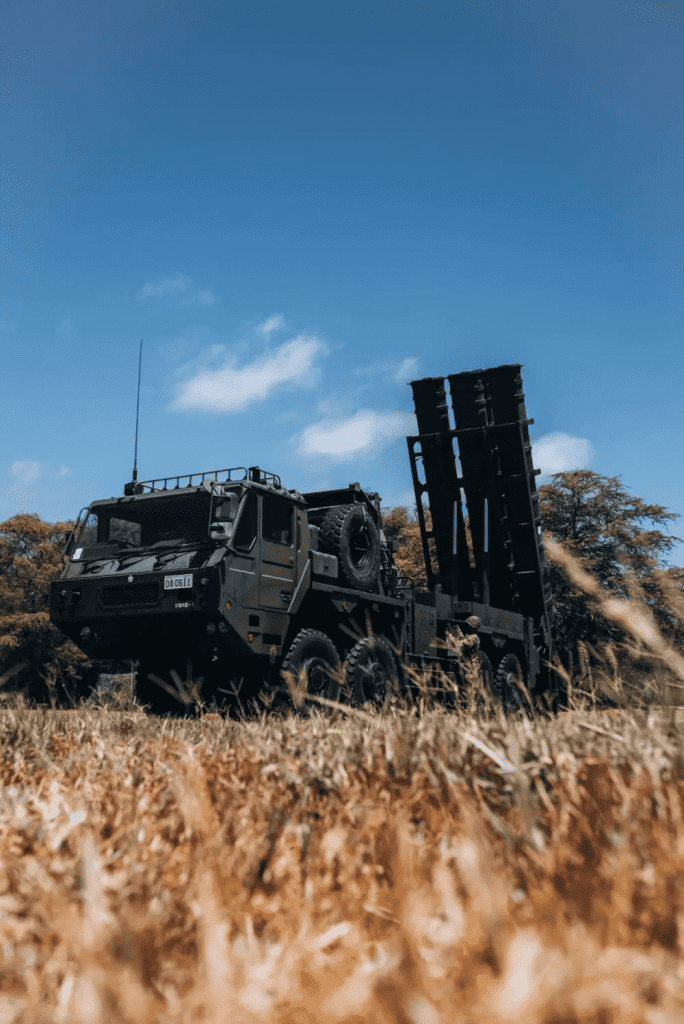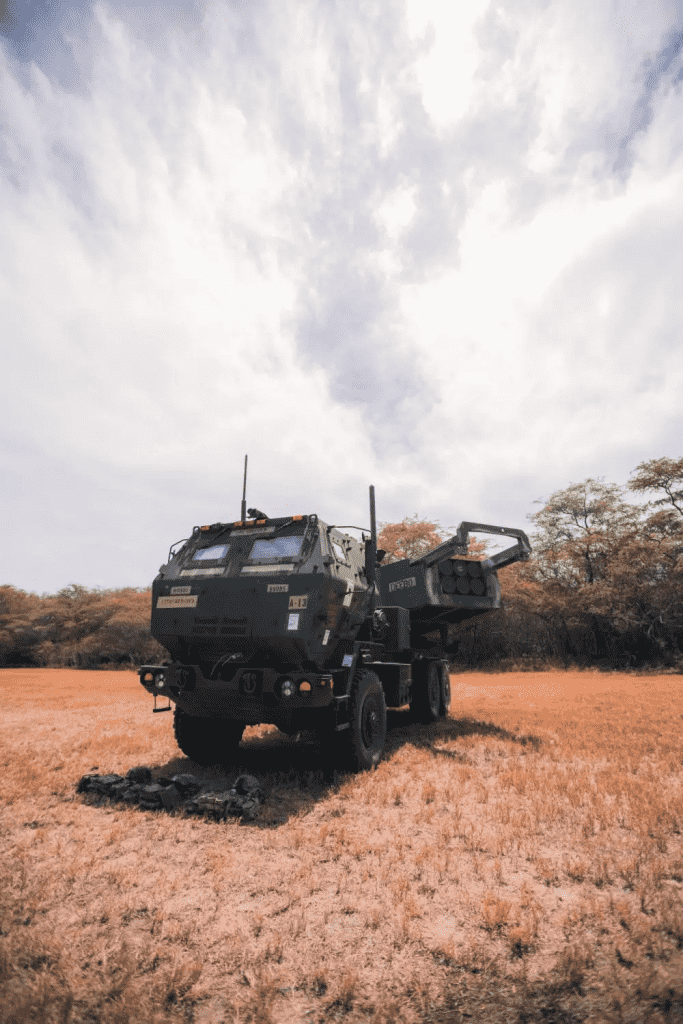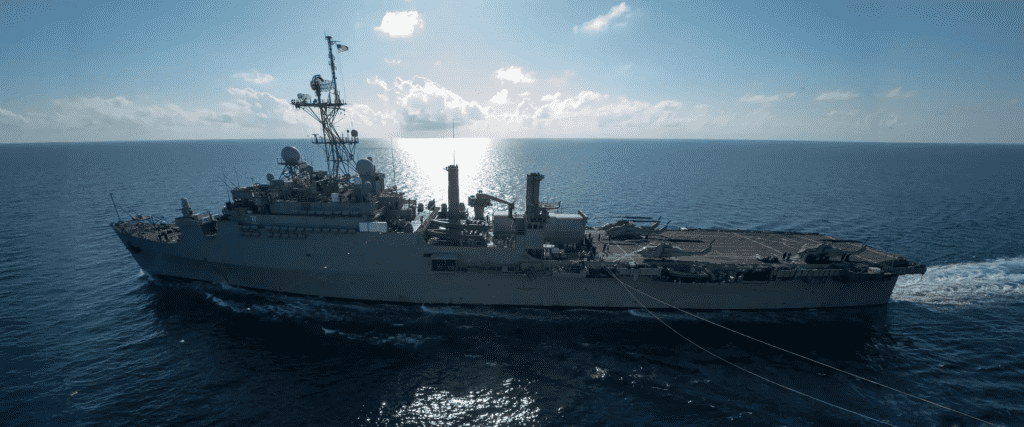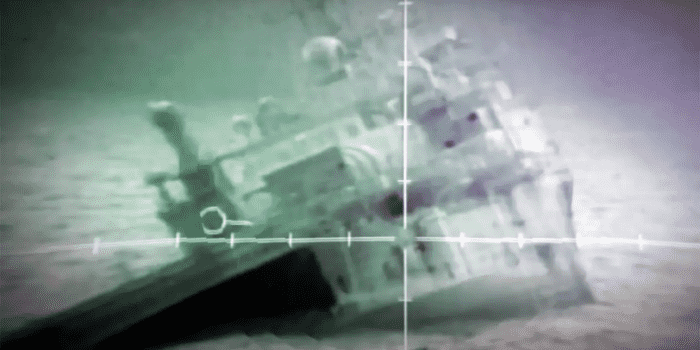The US military has released a video in which the decommissioned Austin-class amphibious transport dock ship formally known as USS Denver (LPD-9) was sunk in the Pacific Ocean. US and Japan took part in the exercise. This particular SINKEX occurred on July 22 in the Hawaiian Islands operating area. “Multinational combined task force” took part in the SINKEX, in which the air, land, and sea units from both countries” militaries took part.
The ship was sunk in 15,000-foot-deep waters about 50 miles North of Kauai. In addition to sinking the Denver, other objectives of the sinking exercise were to strengthen proficiency in tactics, targeting, and live firing against a surface target.
During the course of sinking the Denver, the Japanese Ground Self-Defense Force unleashed Type 12 anti-ship missiles, and the U.S. Army launched guided rockets from a High Mobility Artillery Rocket System (HIMARS) at the naval target from land. In addition, U.S. Navy F/A-18F Super Hornets assigned to Fighter Attack Squadron 41 fired a long-range anti-ship missile in the aerial domain. At the same time, U.S. Army AH-64 Apache helicopters shot air-to-ground Hellfire missiles, rockets, and 30mm guns.
The havoc wreaked on the USS Denver from the sea itself included Mark 45 five-inch gun, which was shot from the U.S. Navy guided-missile destroyer USS Chaffee (DDG 90). The cherry on the top was when the Marine Corps joined in with F/A-18C/D Hornets assigned to Marine Fighter Attack Squadron 232 and Marine Air-Ground Task Force 7, who fired an air-launched cruise missile, air-to-ground anti-radiation missiles, and Joint Direct Attack Munition guided bombs.


The SINKEX was an overall emotional affair for the Pacific Deputy Commander Brig. Gen. Joseph R. Clearfield of the US Marine Corps serves as the Fleet Marine Force Commanding General and oversees all Marine Corps Forces assigned to RIMPAC.
“It was a bittersweet moment for me, having served aboard USS Denver during my career,” said Clearfield in the SINKEX’s corresponding press release. “But what a way for her to go out! This exercise shows the power of partnerships in the region.

USS Denver was the third Navy ship named after the American politician James William Denver. It was commissioned on Oct. 26, 1968.

“Over its history, the ship played a significant role in several operations, most notably Operation Frequent Wind, the evacuation of Saigon, Vietnam in April 1975,” read the press release. “The ship was decommissioned as the oldest deployable warship in the Navy after 46 years of service at Joint Base Pearl Harbor-Hickam Aug. 14, 2014.”
The preparatory phase of the SINKEX is a daunting one. The naval vessels to be sunk are prepared by regulations imposed and enforced by the Environmental Protection Agency. A few restrictions that apply are; sinking the ship 6,000 feet or more below the surface and a minimum of 50 nautical miles from land, surveying the area to ensure that humans and marine mammals are not present and cleaning the vessel to remove all polychlorinated biphenyls, transformers, and large capacitors.

In addition to these protocols, removing hazardous materials, floatable substances, mercury, or fluorocarbon-containing materials must also occur. The cleaning of petroleum from all tanks, piping, and reservoirs is part of the protocol.
All said and done, and after a commendable service of 46 long years, the USS Denver now rests at the bottom of the Pacific Ocean off Hawaii’s coast. However, it is now in good company; it lies at the bottom of the ocean with various other ships that have been sunk for RIMPAC exercises, including USS Thach, Ford, and McClusky.


